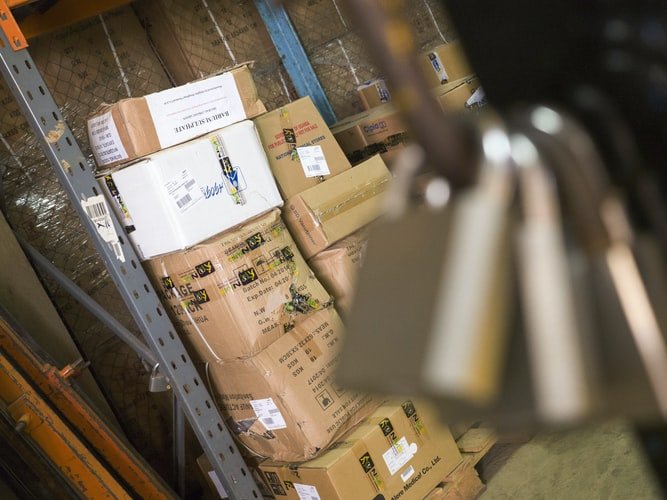How To Reduce Your Carbon Footprint As A Business?
by Abdul Aziz Mondal Green Business Published on: 30 August 2021 Last Updated on: 30 December 2024

Our world is experiencing significant problems. Climate change is a severe and continuous concern. Add to it the global campaign to safeguard people against COVID-19, and it is apparent that “business as usual” must alter. On June 27, 2019, the United Kingdom became the first large economy to adopt regulations on net-zero carbon emissions, implying we have a legal commitment to cease our impact on global warming by 2050.
Businesses have the power to make a difference because corporations are regarded as one of the significant sources of greenhouse gas emissions. Companies may make a statement to their clients and the world by assessing existing carbon emissions and selecting a responsible energy provider by utilizing a utility bidder trying to decrease their carbon footprint. There are numerous strategies that businesses may use to lower their carbon footprint. Here are some measures you can take to reduce your carbon footprint as a business.
1. Reduce energy consumption
Energy use accounts for around half of a company’s carbon impact. Reducing a building’s energy usage saves money on energy bills and reduces the environmental load that a firm bears.
There are several methods to make minor adjustments, such as adding energy-efficient lighting, utilizing energy-efficient equipment, or moving to a green web hosting business. And even minor adjustments have the potential to have a significant impact. Check your energy consumption bills as well to understand your use and establish goals to continue decreasing demand.
2. Get rid of single-use plastics
Single-use plastics are another significant contribution to a company’s carbon footprint. Every time someone discards a plastic straw, container, cup, or packing material, the environment suffers.
Almost all plastic goods are manufactured from fossil fuels, and converting those fuels into plastics is a high-energy process that contributes to global emissions. Cafeteria flatware, throwaway coffee cups, and plastic water bottles may all be readily replaced with reusable alternatives. Choosing reusable replacements minimizes one’s carbon impact while also lowering garbage hauling expenses.
3. Keep a watch for supply chain efficiency
With so many intertwined parts, a company’s supply chain is filled with opportunities to reduce its carbon impact. Inefficient operations frequently waste so much money, effort, and resources. Inquire directly with suppliers whether they have measurable data on their greenhouse gas emissions. Some major businesses have already campaigned for more supplier openness. Walmart, CVS Health, and Target have begun gathering data from their vendors to decrease environmental hazards and carbon emissions in their supply chains.
4. Spread awareness in your work staff
Workers with proper training may be the most valuable asset in decreasing their carbon footprint. To accomplish actual results, every person of the organization, from top to bottom, must be steadfast in their dedication. Make a public promise to decrease carbon emissions, and make sure your staff understands why you’re doing it and what they can do to assist. Employee education may be accomplished through seminars, webinars, and advertising. When everyone participates, a significant difference may be made.
Final Thoughts:
Consumers increasingly prefer to support environmentally progressive organizations and take substantial efforts to decrease their carbon footprint. Whatever size your company is, one thing is sure: every firm must adapt — for the sake of itself, its clients, and our environment. There are no drawbacks to this. Renewable energy, electric vehicles, energy conservation, and trash reduction will all save you money – and your customers and employees will appreciate the improvements.
Read Also:







































































































